How to Photograph Your Tour
Everyone loves to take pictures when they’re on a bike trip, but when they get home many people are disappointed with their images. It’s not easy to capture the grandeur and beauty of the great world in a tiny photograph. But by following a few simple guidelines you can vastly improve your photography and ensure that friends won’t run into hiding when you go to show pictures from your trip.
To start, you’ll need a camera. If you’re at all serious about your photos, get the best one you can afford. There is a big difference in the quality of images taken by cheap cameras and high-end ones. When you’re looking back at your pictures 20 years from now, you’ll be glad you invested in the good camera.
You also want your camera readily accessible at all times. Nothing is worse than having that once-in-a-trip photo opportunity go by with your camera buried deep in your pannier. Keep it in your handlebar bag, in your pocket, or in a case attached to your backpack’s shoulder strap — just keep it handy. A few other things to keep in mind: if you want crisp photographs (and who doesn’t?) hold your camera as still as you can, especially in the low light of dawn or dusk. If possible, rest it on a fencepost, your bike, or anything stationary to keep it still while the picture is taken.
Whenever possible, have your riding companions coming towards you, not away. You want to see faces, not butts. Experiment as much as possible. Don’t settle for blasé snapshots — get low, get high, shoot from every angle you can think of, photograph yourself while riding, and take pictures of everything that you find interesting, bizarre, and pretty.
Lastly, never forget that while photographs can capture precious moments from your trip, you don’t want taking them to get in the way of appreciating the moment itself. So go ahead and take a few pictures, make them as good as you can, but then put the camera away. Your images can help you relive your trip when it’s over, but they’re no replacement for drinking deep of the journey itself while it’s happening.
In the pages that follow, you’ll find more photography tips and images from five of our favorite photographers. If you follow their advice, you’ll come home with pictures that will wow your friends and capture the beauty and inspiration that keeps us heading back for more.
Dennis Coello: The Look of the Landscape
Here’s one of the easiest ways of all to make your bike-tour snapshots more interesting, no matter what kind of camera you take along — put some landscape in the foreground.
It’s only natural to hop off the bike and shoot a tour mate riding past some lovely view. We back away from our rider a few steps, put the camera to our eye, focus, level out the horizon, ask for a smile, and snap.
We’ve all taken these kinds of pictures. There’s not a thing wrong with them. Not unless we take too many, or include too much uninteresting pavement in the foreground, or if what’s interesting behind our fellow tourer looks too far away. We get home and download our pics and we’re reminded of the scenes we’ve pedaled past — but we don’t feel them.
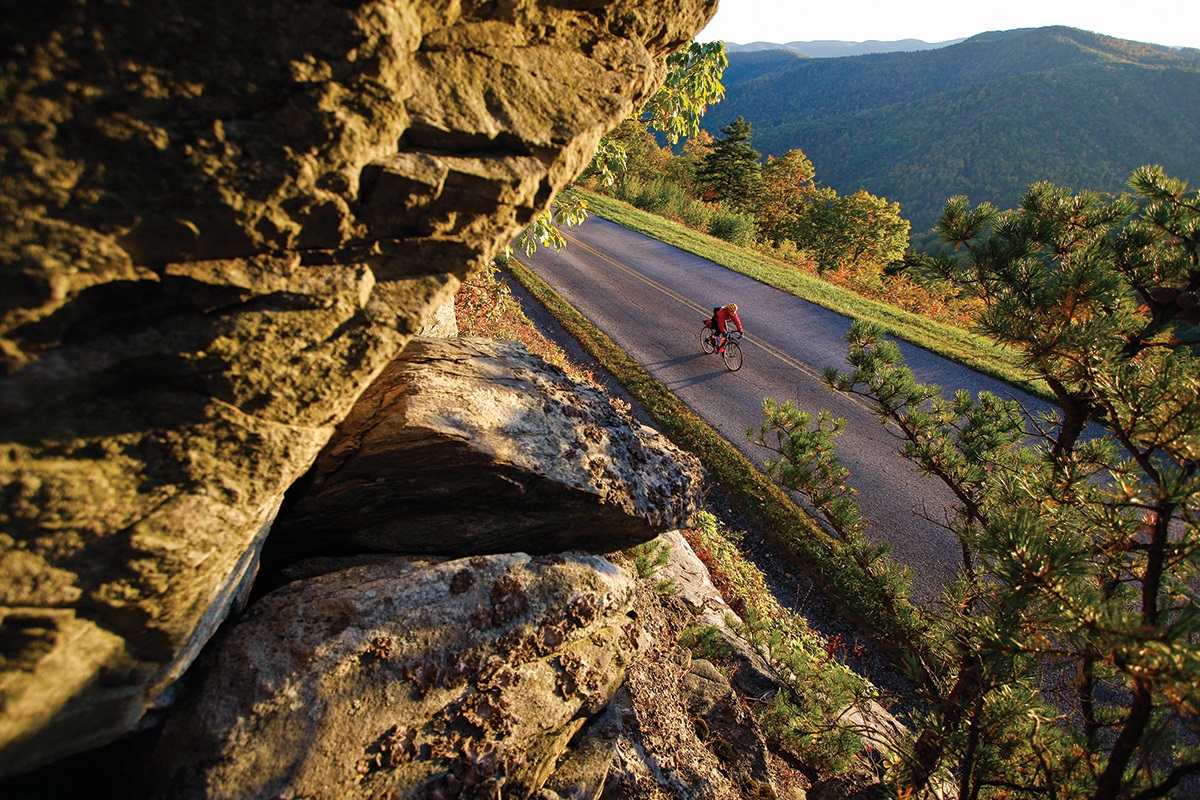
Try this instead. Get off the road or trail and walk or climb into the landscape — the field of flowers, a forest, a rock outcropping, acre after acre of corn or cotton — then turn around. Now raise your camera and compose your shot, including however much of the landscape it takes to give a real visual taste of the place.
Use tree branches to frame the cyclist, kneel down to let corn tassels or cotton balls fill the sky, and make your buddy the size of a boll weevil. Try a vertical format (holding your camera “on end”) to give a sense of the height of trees, or shoot horizontally to include the expanse of sagebrush before you, with your riding partner and the long thin road barely visible along the top of the frame.
Experiment. Have fun. And remember there’s no right or wrong way to take a picture. It’s as personal as how we choose to tour.
See more: www.denniscoello.com
Russ Roca: How to Shoot People … and Get Away With It!
When your tour is over and you’re in the comfort of home, all you’ll have are memories and your photos. Though we all love great scenery, it’s often the people we meet that we remember most when the tour is over. Be sure to take shots of them along the way — the landscape will still be there when you pass through next time but the people won’t be. Here are some simple tips for photographing them while on tour.
1) Get close.
Most people stand way too far away from their subjects. Remember, you want to capture their face, not the 20 feet of pavement separating you, so zoom in or take a few steps forward.
2) Shoot fast.
Unless you’re photographing a professional model, chances are they’ll feel a little uncomfortable around the camera. Most people will give you a good smile for a few seconds before their expression becomes stale and awkward. When you feel the opportunity for a good photo happening, turn on your camera and put it around your neck so you’re ready to shoot when the moment comes.
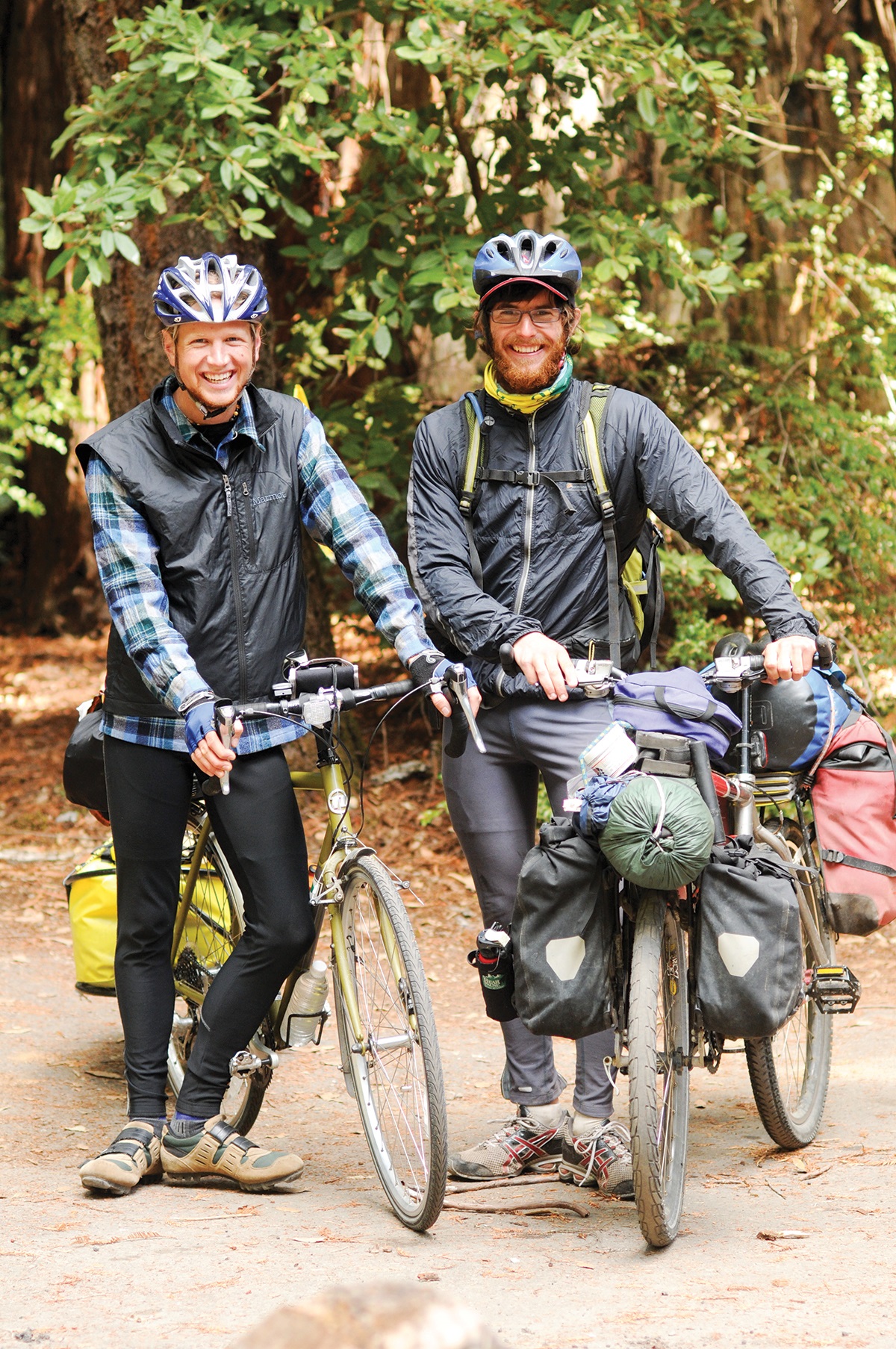
3) See the light.
Light is the single most important factor in taking a photo. If you put the sun behind your subjects, they will be too dark. If you set up your shot with the light directly on your subjects, they will probably be squinting and the image will look flat. Instead, put the light (i.e. the sun) to the side of your subject, which will illuminate without blinding them.
Another good trick is to use the even lighting found in the shade — if the sun is out, look on the side of a building, under a tree, or under an awning. This light doesn’t have the harshness of direct sun and is much more flattering.
See more: www.pathlesspedaled.com
Chuck Haney: The Right Light
Professional photographers often refer to the first and last hour of the day as the “magic hour,” when the light turns golden. Remember, the camera is essentially a simple tool for capturing light. I’ve often said that even a mailbox will look great if photographed in wonderful light.
Shooting at the beginning and the end of the day when the light is most beautiful can lead to capturing amazing clouds and skies. The wind is also often still, calming fields of wildflowers and bodies of water for great reflections that can only be acquired during the magic hour.
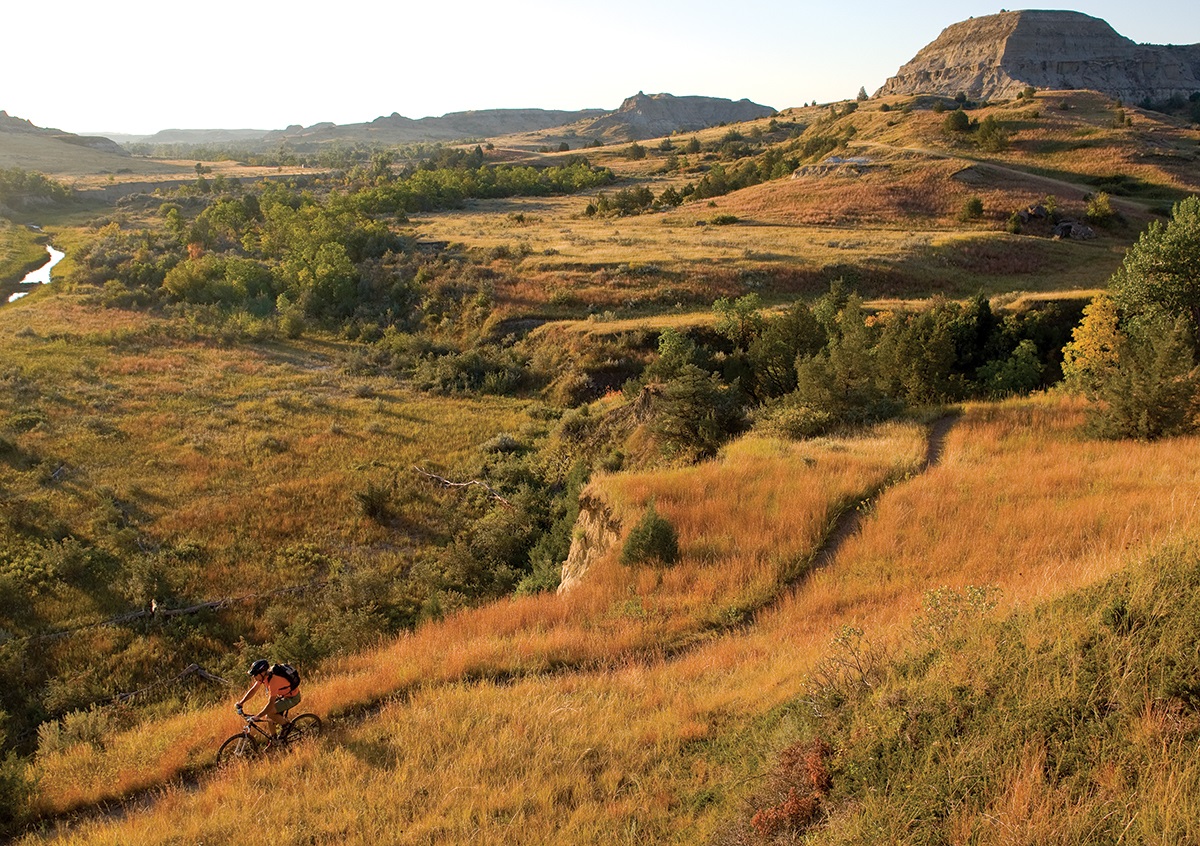
Here are a few tips to bring back those special moments at the day’s edge during your next bike tour.
Get up early! This is especially important during summer months, when it doesn’t take long for the light to become harsh and much less photo-friendly. Even in just 30 minutes, the light quality will change substantially.
(If you’re serious about getting great early-morning shots, carry a lightweight tripod if possible — while early light is warm and inviting, there is not much of it, which can cause blurry pictures if the camera is not held steady.)
You can also shoot great silhouette images near sunrise and sunset. Simply find an interesting shape or subject and take an exposure from the sky (but not directly at the sun).
Most of all, enjoy the peaceful and inspiring light that comes from each sunrise and sunset and your images will reflect that feeling for many years to come.
See more: www.chuckhaney.com
Cass Gilbert: Capturing the Ride
As touring cyclists, we often choose to travel in places with dramatic landscapes but taking images of our cycling companions that convey that grandeur can be tricky. Here are my favorite techniques for capturing both the rider and the stunning landscape.
Rather than getting close to the rider and shooting from a wide-angle perspective, position yourself far away and zoom in on them. This conveys a better sense of scale by compressing the image — a lone cyclist beneath a towering wall of mountains or lost in the infinity of a desert.
Plus, if you want to keep the flow of the ride, these kinds of shots allow you to stop, frame, take your picture — and then catch up!
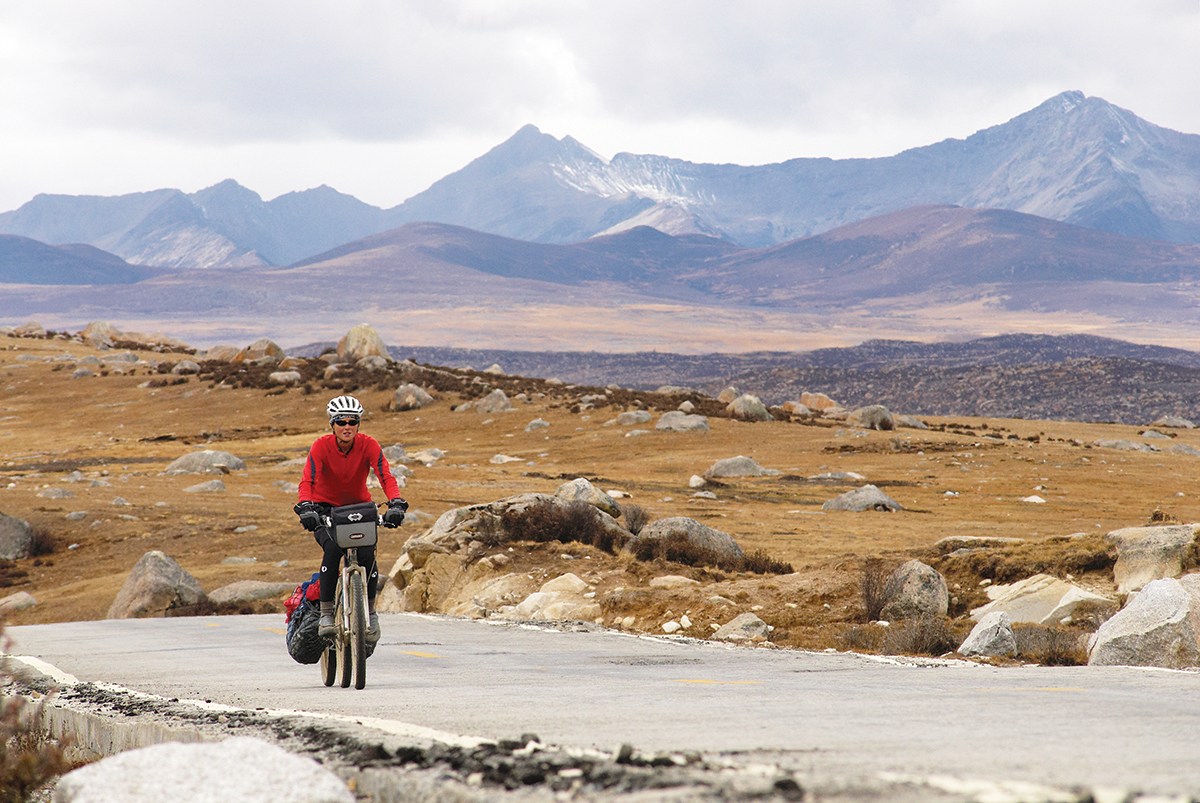
Using the rule of thirds, position the rider to one side, but keep an eye on what else is in the frame. Which parts of the topography are interesting? Is there a winding road leading into your picture that can help tell a story? Or perhaps there’s a lake or forest that will help give a sense of distance.
If not, step to the side of the road and try dropping down lower in your framing to add layers of texture — a crumbling wall, fluttering prayer flags, the outline of cacti, even the stripes on a road.
Time your shot with the rider’s movements to add more dynamism; out of the saddle climbing shots set to a dramatic background can look great, just as a puff of dust on a dirt track will convey speed.
On a DSLR, use a fast shutter speed for sharpness. Most point and shoots have an action setting, which effectively does the same thing, freezing the image. Most of the time, I simply focus on the rider, then quickly reframe the picture before pressing the shutter. Take several shots and pick the best.
Lastly, ask your riding buddy to wear bright colors – it will really help make him stand out, drawing the eye to a splash of color amidst your panorama.
See more: www.whileoutriding.com
Gregg Bleakney: Work the angles
I think of making a picture like writing a sentence — if I’m not satisfied with my first pass, I’ll start over and reconstruct the words until I’m pleased with the result. When I’m in the field, every shadow, road sign, cloud, or smiling face is part of a photographic dictionary of words that can be arranged into an interesting composition.
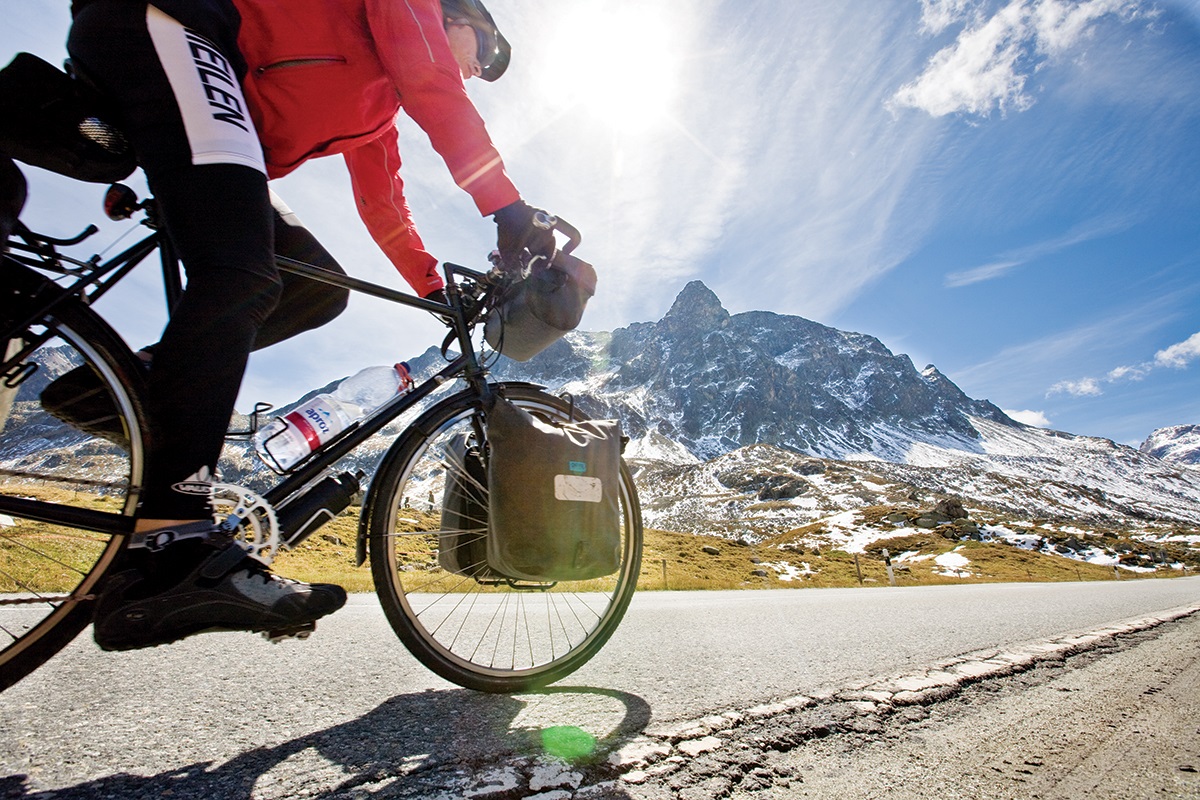
If I sense that a scene is starting to take shape, I’ll trust my first instinct, make a picture, and then try to reconstruct the image in as many different ways as possible. I often break traditional rules and employ unusual angles to spice up the photo’s visual vocabulary.
To give it a shot, try lying on the tarmac to capture low-angle action as your riding buddy screams downhill. Or climb on top of a guardrail and shoot a sweeping landscape from an elevated perspective. But most importantly, get off your bike and always stay curious and attentive.
See more: www.wherenext.com
This story was originally published in the April 2010 issue of Adventure Cyclist magazine.


